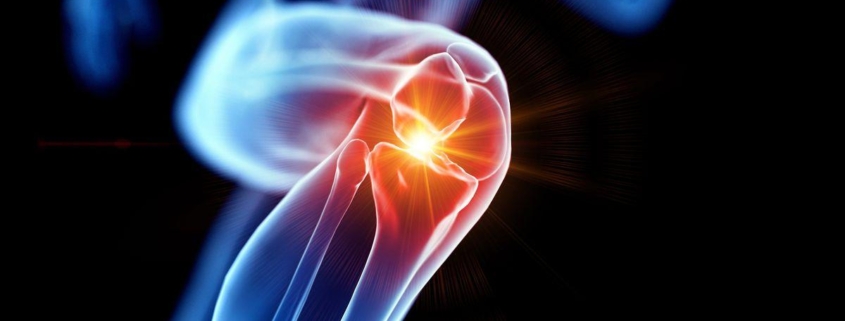
Inflammation
Overview
Inflammation is a natural response by your body’s immune system to protect and heal itself from injury or exposure to harmful substances. This physical reaction involves a host of biological changes, like increased blood flow, accumulation of white blood cells, and release of molecular mediators to promote the healing process. It is typically a part of immune response linked to conditions like allergies, infections, or long-term diseases.
Types
There are two primary types of inflammation:
-
- Acute Inflammation: This is a short-term reaction that happens swiftly after injury or in response to infection. The symptoms may be severe but usually resolve in a few days or weeks.
-
- Chronic Inflammation: This is a long-term condition that can last for several months to years. It often results from persistent acute inflammation, autoimmune disorders, or long-term exposure to harmful agents. Chronic inflammation can lead to various diseases like cancer, heart disease, and arthritis.
Causes
Inflammation can be caused by various factors, such as:
-
- Bacterial, viral, or fungal infections
-
- Exposure to chemicals or radiation
-
- Physical injuries or burns
-
- Certain medications or immune reactions
It’s essential to understand that inflammation itself isn’t bad. It’s the body’s attempt to heal itself. However, prolonged inflammation can lead to further damage in some cases.
Symptoms
Whether acute or chronic, inflammation often comes with several noticeable signs:
-
- Redness
-
- Swelling
-
- Heat
-
- Pain
-
- Loss of function (in severe cases)
-
- Fatigue or loss of energy (in chronic inflammation)
These symptoms vary depending on the cause, location, and severity of inflammation.
Diagnosis
The diagnosis of inflammation typically starts with a thorough medical history and physical exam. Blood tests may be needed to look for signs of inflammation, like a high number of white blood cells or elevated C-reactive protein (CRP). Depending on the suspected cause, your doctor may recommend imaging tests like X-rays, CT scans, or MRI to visualize the area of inflammation.
Treatment Options
Treatment for inflammation depends largely on the underlying cause. Here are some common approaches:
-
- Medication: Nonsteroidal anti-inflammatory drugs (NSAIDs) and corticosteroids can be used to reduce inflammation and ease symptoms.
-
- Physical Therapy: For inflammation caused by injury, physical therapy can help improve function and mobility.
-
- Lifestyle changes: Regular exercise, a healthy diet, and adequate sleep can all contribute to reducing inflammation.
For chronic conditions, immune suppressant medicines, targeted therapies, or surgery might be necessary.
Living With Inflammation
Managing inflammation involves a mix of medical treatments and lifestyle adjustments. Regular check-ups with your doctor are crucial to monitor your condition. A healthy diet rich in anti-inflammatory foods, regular exercise, and good sleep hygiene can help control inflammation. It is also critical to manage stress since it can worsen your symptoms.
When to Seek Help
Seek immediate medical attention if:
-
- You have severe pain or inflammation that doesn’t improve with self-care measures.
-
- You experience sudden or worsening symptoms, such as severe pain, difficulty breathing, or high fever.
-
- You have signs of an infection, like redness, warmth, or pus in a wound.
inflammation is a vital part of your body’s immune response, but it can become problematic if it’s constant or out of control. Understanding the mechanics of inflammation, recognizing the symptoms, and knowing when and where to seek help can significantly improve your quality of life even if you’re dealing with a chronic inflammatory condition.
